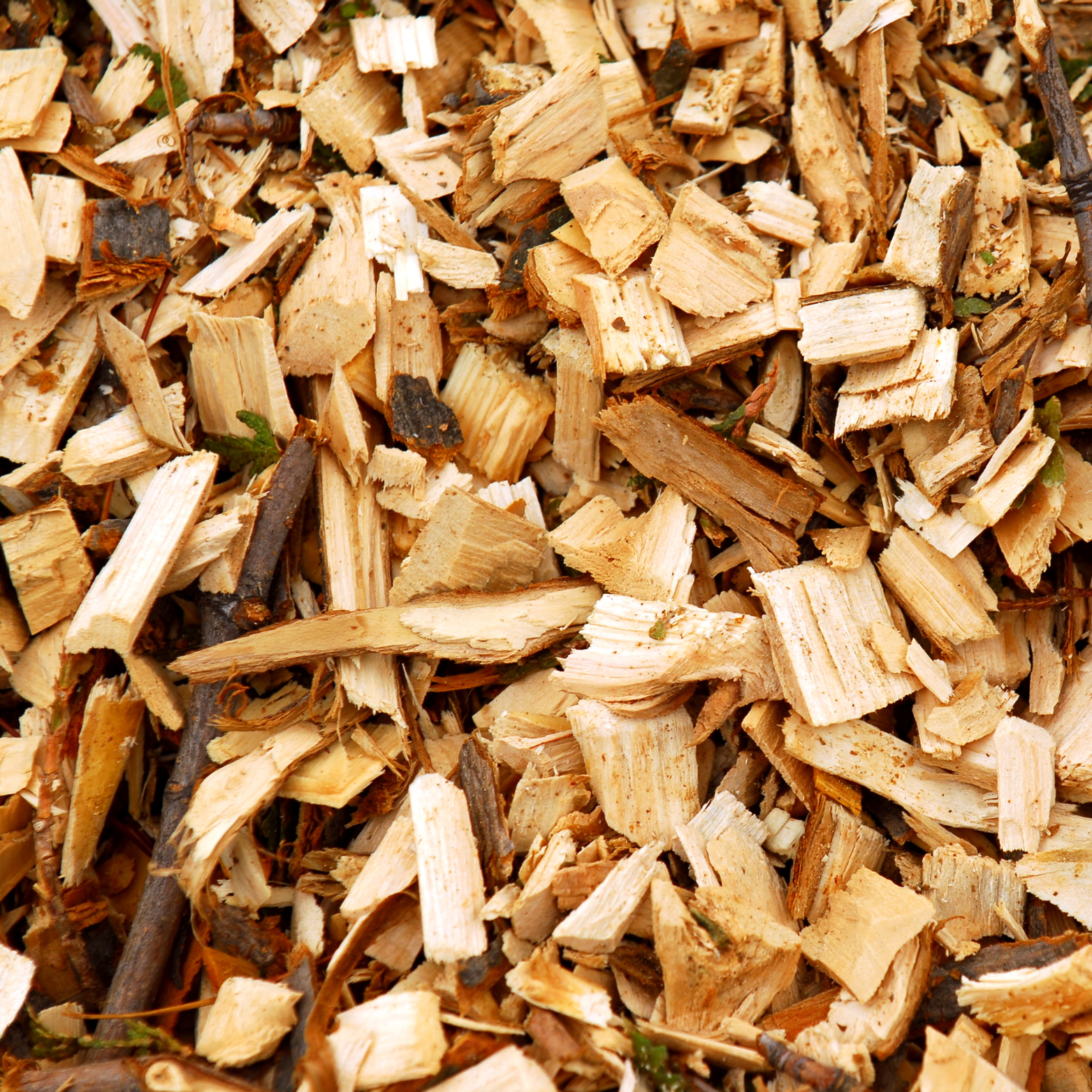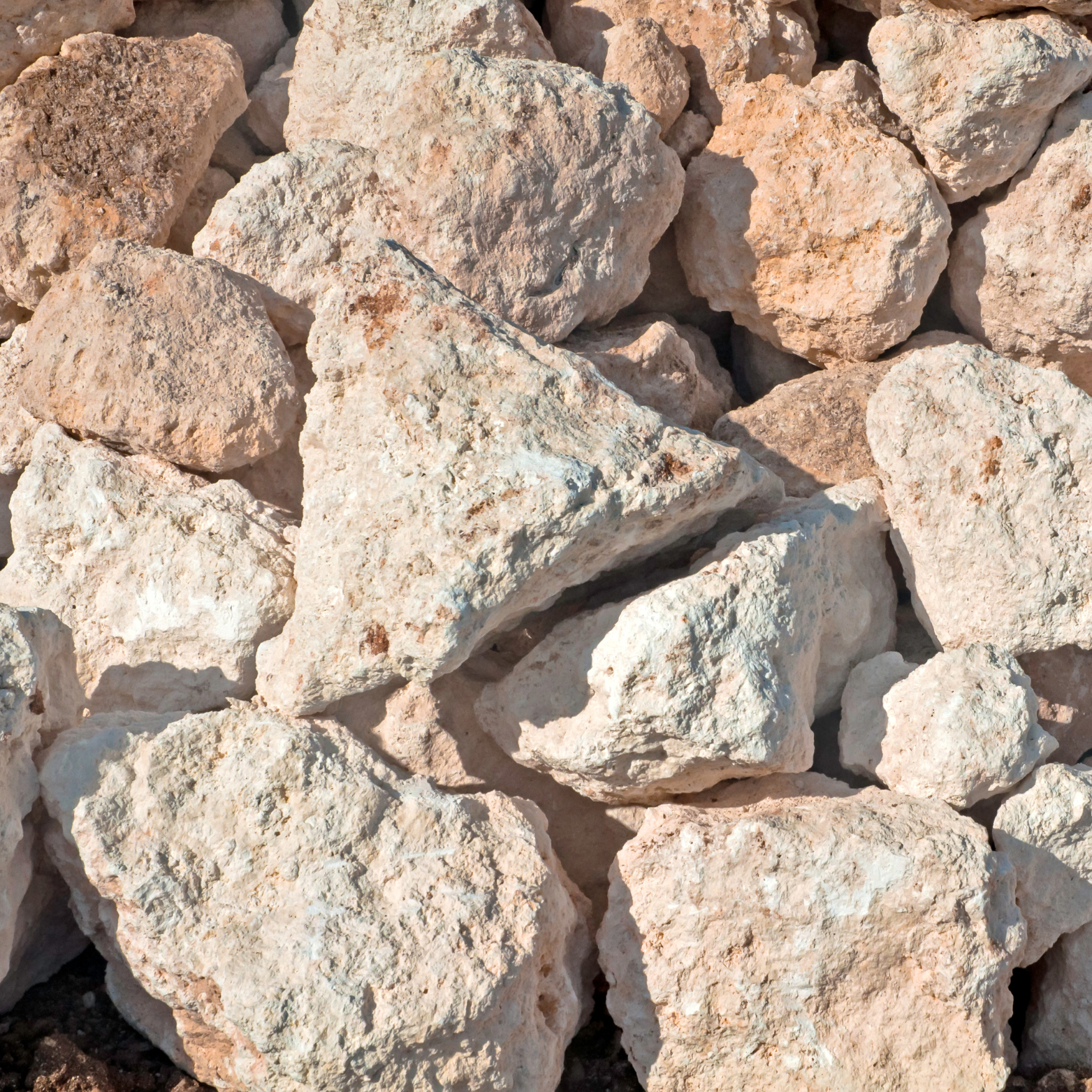Call Us: 07890 724634
Garden Rooms Brighton
Freistaat Garden Rooms
Freistaat Garden Rooms
Get In Touch
With Us.
Natural Materials.
Healthy Buildings.
Natural Cement.
Hemp Shiv.
Lime.
Get In Touch
With Us.
Natural Materials.
Healthy Buildings.

Natural Cement

Hemp Shiv

Lime
Natural Cement
Prompt has many properties in common with limes and with hydraulic limes in particular. Both are natural products, there are no additives, and a single type of limestone is kilned. Raw materials are selected from clearly-defined geological strata to ensure regular, optimum chemical composition. The kilning process is identical, conducted at the same temperatures in a vertical kiln. Prompt Natural Cement and NHL have complementary properties.
Prompt contributes the degree of reactivity required for faster setting applications. In addition to its plastic and flexible qualities, NHL serves to retard Prompt so as to obtain the required setting times. The fact that both are natural products, and involve very similar production processes, means that their long-term performance is similar. This enhances their compatibility, and ensures excellent durability for the structures in which these mixes are used.
Hemp Shiv
Hemp Shiv comes from the woody stem of the Commercial Hemp Plant. Hemp absorbs a very high amount of CO2 while growing which is 'locked in' when harvested and used as a building material. Even including the embodied energy of producing lime and natural cement Hempcrete locks away 110kg-160kg of CO2 per m3 of the combined materials.
This makes Hempcrete net carbon negative as a material. In addition the combination of the microporous cells of the dried plant with the breathable nature of lime mixes means that Hempcrete has very high Moisture Buffering properties. It is in fact a natural phase-change material giving it additional hydrothermal performance as an insulation product.
Lime
Lime is made by burning Limestone in a kiln. This drives off CO2 and water to make Calcium Oxide. Water is then added to the Calcium Oxide in a process called 'slaking' to produce either a putty or a powder known as Hydrated Lime. Depending on the amount of clay present in the original limestone deposit this powder either set via the addition of more water or by a process of carbonation where the CO2 originally released in its manufacture is reabsorbed from the atmosphere.
